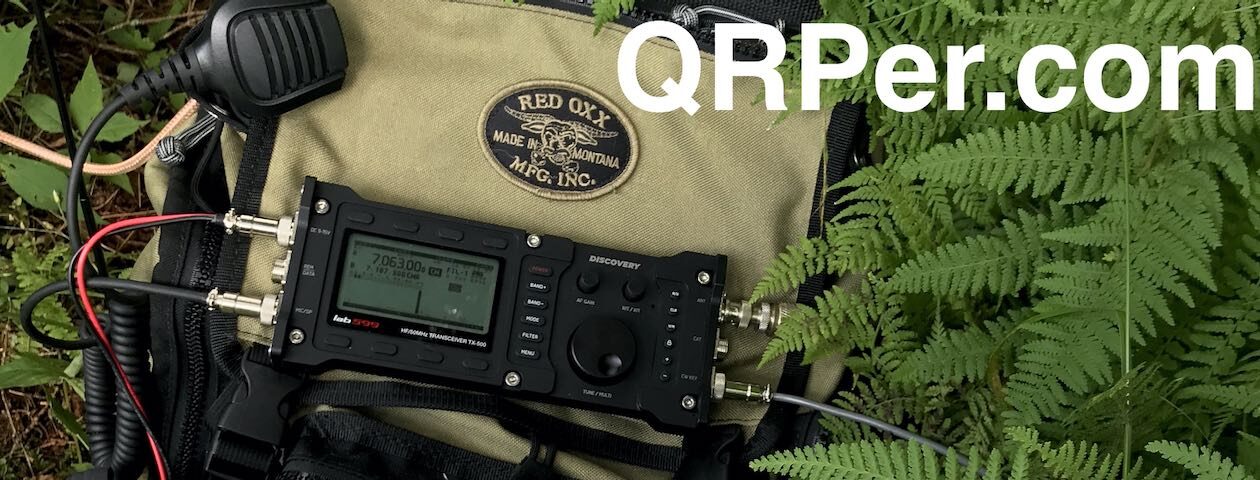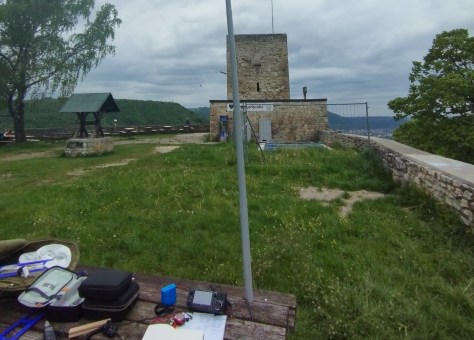by Thomas (DM1TBE)
Since I have seen the Band Hopper III antenna at the website of SOTAbeams, I have been thinking about it. Most of the time I have used end-fed half-wave (EFHW) antennas when operating portable – vertical attached to a fiberglass mast or in a sloper configuration with a tree. Those EFHW antennas seemed to cause way less troubles than a dipole with its centerpiece and coax at the thin end of the fiberglass mast. However, there was this “other” dipole from SOTAbeams. So I thought I could give it a try and ordered it.
Two days later -including customs procedure- the antenna arrived. The antenna is a linked dipole for the 20-, 30- and 40-meter band and weights less than 500 g / 18 oz. That includes the coax and guying material. I already had the Tactical Mini ultra, a 6 m / 19.6 ft fiberglass mast that is a perfect fit for the Band Hopper antenna.
The weather was fine, my manager at work was on vacation, so there was no reason for not leaving the home office early and go for a quick activation. I went to the SOTA location for Kaltes Feld (DM/BW-659), which is also POTA (DA-0410). I have been there a couple of times this year, but offering chaser points for both programs promised more QSOs, especially when conditions are difficult. The other advantage of this place is that you can drink cold beer if the antenna fails to work. 😉
You may, or more likely may not, remember this image from an activation report in March this year.
The place looks much more inviting now with kids playing, people enjoying barbecue and a cold beer, and operating a radio is much more pleasant.
Although I have been here a couple of times, I have never visited the ruins of Castle Granegg, just a mile away. While the SOTA activation zone is surrounded by trees, the walk to the castle satisfies with a nice viewpoint on the way. Continue reading Quick test of my new SOTAbeams Band Hopper III antenna at a POTA/SOTA location




































